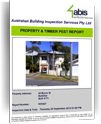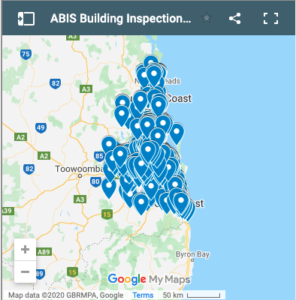Timber Treatements
All measures that are taken to ensure a long life of wood fall under the definition wood preservation (timber treatment). Apart from structural wood preservation measures, there are a number of different (chemical) preservatives and processes (also known as timber treatment or lumber treatment) that can extend the life of wood, timber, wood structures or engineered wood. These generally increase the durability and resistance from being destroyed by insects or fungus.
Timber or lumber that is treated with a preservative generally have it applied through vacuum and/or pressure treatment. The preservatives used to pressure-treat timber are classified as pesticides. Treating timber provides long-term resistance to organisms that cause deterioration. If it is applied correctly, it extends the productive life of timber by five to ten times. If left untreated, wood that is exposed to moisture or soil for sustained periods of time will become weakened by various types of fungi, bacteria or insects.
Chemical preservatives can be classified into three broad categories: water-borne preservatives, oil-borne preservatives, and light organic solvent preservatives (LOSPs).
Timber treatements are classified by “H” numbers.
For timber on or near the ground (less than 400mm above the ground) there are a number of important things to consider if you wish to avoid a short element life caused by timber pest damage.
Where any timber posts, bearers, joists or decking boards, the minimum level of treatment is H5 for structural members and H4 for non-structural members where the member is in ground contact or within 150mm of the ground. Most timber sold for external construction is treated to H3 which is only suitable for weather exposed locations that are well ventilated and well clear of the ground. Where good ventilation, a moisture barrier and a termite barrier has installed a minimum of 150mm may be used otherwise a 400mm ground clearance is required.
The reason for this requirement is that timber pests such as fungal decay and termites will occur in timber that is constantly damp. Timber that is in contact with the ground will absorb moisture quickly. Furthermore, timber that is not in contact but close to the ground will also absorb moisture although the moisture content diminishes as the distance of the timber member from the ground increases. This phenomenon is referred to as a moisture gradient and is why a minimum ground clearance is important.
Unfortunately, there are many cases where this requirement is ignored by both builders and home owners who build themselves. Basically, H3 treated should only be used in a location that is more than 150mm from the ground and completely dries out after rain.
When building a timber structure that abuts the house, ensure that there is a minimum gap of 40mm between the timber members and the house exterior wall or house slab edge.




